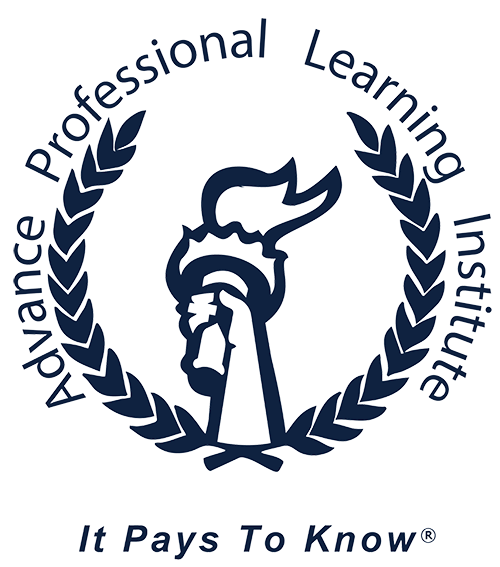On February 27, ASHI issued proposed improvements to ASHI’s Standard of Practice for Home Inspections and asked for comments.
In a change likely to discontent real estate agents and homeowners, inspectors are NOT required to “reset, reprogram, or otherwise adjust devices affected by inspection and testing required” under the new standards. (13.2.F.5) Inspectors also are no longer required to “extinguish fires, pilot lights, burners and other open flames,” a rule that we trust will be revised. (13.2.F.6.)
For the first time, a definition of “significantly deficient” is included. This is the exact phrase also used in Kentucky statute. It was used in prior ASHI SOP, but in different ways. “Significantly deficient,” under the proposal would mean “a system or component that, in the inspector’s judgment, lacks an essential quality or element that is likely to have an important impact on its ability to perform its intended function.” If that sounds like a frozen ice-maker in a frig, or a doorbell that does not ring, you would have a point.
Other changes in the definitions are included. For example, “unsafe” is now defined to be a significant risk of “serious” bodily injury. It’s a “significant risk of bodily injury” — without the word “serious” — today. It’s not crystal clear what bodily injuries, exactly, are “serious.” Most client are pretty serious about any bodily injury worse than a scratch or a paper cut.
The proposed ASHI SOP revision (v.5) at deletes the current 2.2B.2 provision that “inspectors are NOT required to determine methods, materials, or costs of corrections.”
The probing requirement for structures in 3.1A.2 would narrowed by requiring probing of structural components where deterioration is “visible” rather than when it “is suspected,” as the present rule says. Of course, if deterioration is visible, probing is unlikely to add much to a report.
The standard for inspecting crawl spaces would be changed to resemble NAHI more. The new standard, 3.2.D, says inspector are not required to “enter under-floor crawlspaces that have less than 18 inches of vertical clearance between components and the ground or that have an access opening smaller than 18 inches by 24 inches.”
Inspectors also would not be required to “traverse attic load-bearing components” (does that include ceiling joists?) that are concealed by insulation or other materials.” (3.2.E.)
In plumbing, the current standard requiring inspectors to inspect “all” fixtures and faucets would be revised by deleting “all.” (6.1.A.1, 2)
Inspecting “fire suppression” systems, such as sprinklers, and “landscape irrigation” systems is specifically not required under the proposed standards. (6.2.A.6)
Dropping the present requirement that inspectors describe the “presence of solid conductor aluminum branch circuit wiring” is among the proposed changes in electrical system inspections. (7.1.C.3.)
Inspectors would not be required to inspect “solar, geothermal, wind, and other renewable energy systems” under the new standards. (7.2.A.5, 8.2.A.5, 6.2.A.5)
Inspectors also would not be required to “test” “overcurrent protection devices”or “arc fault circuit interrupters in occupied inspected buildings,” or determine the”type of smoke alarm.” (7.2.C,D)
Window ACs are specifically excluded for the first time. (9.2.C.)
In kitchens, a specific requirement to inspect “installed ovens, ranges, surface cooking appliances,
microwave ovens, dishwashing machines, and food waste grinders by using normal operating controls to activate only one primary function” is added. (10.1.F.) A series of appliance exclusions also are added, like not operating “every control” of an appliance.
For the first time, the standards would expressly require inspectors to inspect “kitchen, bathroom, laundry, and similar exhaust systems” and “clothes dryer exhaust systems.” (11.1.A.3, 4.) Present standards just say to inspect “mechanical ventilation systems.” (existing 11.1.A.3.)
The fireplace inspection section (12) is almost completely rewritten. The General Limitations and Exclusions section (13) also has quite a few proposed changes, particularly in concealed or immaterial defects and about environmental hazards. Recalls also are expressly excluded for the first time. (13.2.A.17.)
In a change likely to discontent real estate agents and homeowners, inspectors are NOT required to “reset, reprogram, or otherwise adjust devices affected by inspection and testing required” under the new standards. (13.2.F.5)
To read the draft, go to:
The ASHI Standard of Practice Committee that put the draft out is encouraging all interested parties to submit comments and suggestions for other improvements to this Standard. Please email your comments and suggestions to [email protected].
